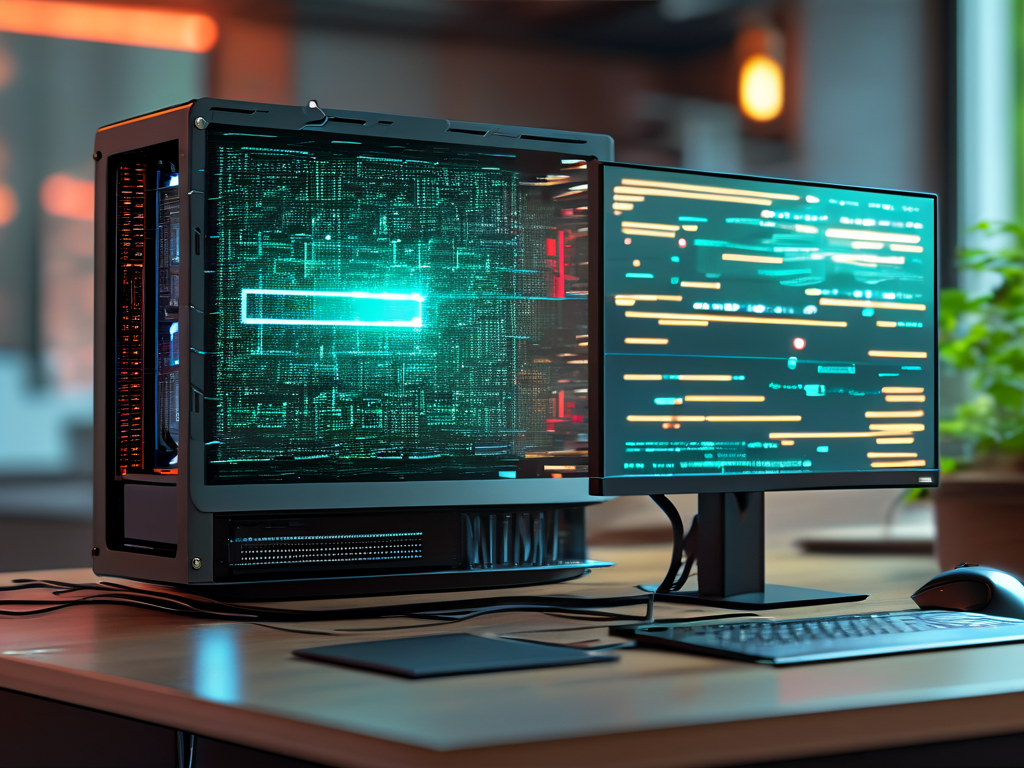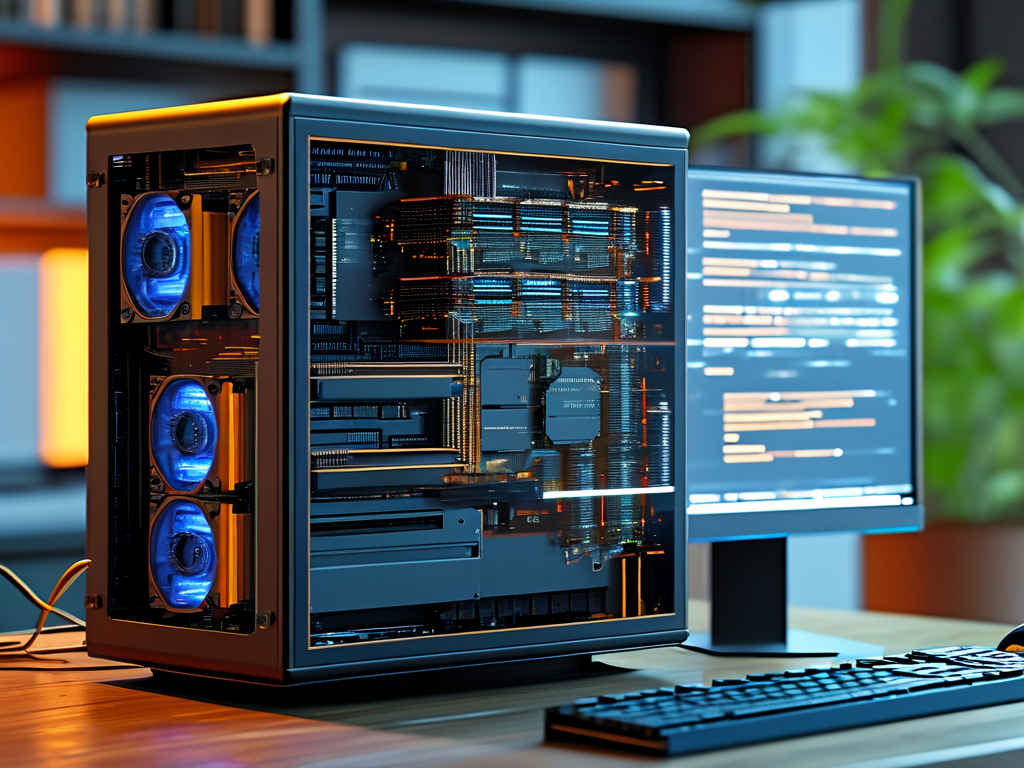In modern computing, the inability to expand memory has become a growing concern for both casual users and professionals. As devices become thinner and more integrated, manufacturers are increasingly opting for soldered memory modules rather than traditional expandable slots. This shift presents unique challenges that demand innovative solutions.
The Rise of Fixed-Memory Architectures
Many contemporary laptops and compact desktops now feature permanently attached RAM chips. Apple's M-series MacBooks and Microsoft's Surface devices exemplify this trend, prioritizing sleek designs over user-upgradeable components. While this approach reduces physical space and improves energy efficiency, it creates long-term limitations. For instance, a 2023 study revealed that 68% of users who purchased devices with non-upgradable memory reported needing more RAM within three years of ownership.

Technical Limitations and Workarounds
When memory cannot be physically expanded, users must explore alternative strategies. Software optimization becomes critical – techniques like:
// Example of memory management in Node.js process.memoryUsage().external;
show how developers monitor resource allocation. Virtual memory expansion through SSD swap files offers partial relief, but at the cost of reduced storage lifespan. Cloud-based memory solutions are emerging, though latency remains a significant hurdle for real-time applications.
Manufacturing Considerations
The shift toward non-expandable memory stems from multiple engineering factors:
- Space constraints in ultra-thin devices
- Improved thermal management
- Enhanced memory controller integration
However, these benefits come with trade-offs. Repair technicians report a 40% increase in "obsolete memory" replacements, where entire logic boards must be swapped due to single memory chip failures. This raises concerns about electronic waste and long-term device sustainability.
Consumer Impact and Decision-Making
Prospective buyers now face complex purchasing decisions. The traditional practice of buying base models with upgrade plans becomes obsolete when memory is fixed. Industry analysts suggest checking:
- Maximum memory configurations at purchase
- OS efficiency in memory management
- Expected software requirements over the device's lifespan
A notable case involves video editors transitioning to 8K workflows, where 32GB has become the new minimum requirement. Those with locked 16GB systems experience 22% longer render times compared to expandable counterparts.
Future Directions
Hardware manufacturers are exploring hybrid solutions. Some gaming laptops now incorporate both soldered and socketed memory modules, while server manufacturers experiment with memory disaggregation through CXL (Compute Express Link) interfaces. Emerging technologies like 3D-stacked memory (HBM) and phase-change memory could redefine what "expandable" means in future systems.

For now, users must weigh design preferences against functional requirements. As memory demands grow exponentially with AI integration and advanced multitasking, the industry faces mounting pressure to reconcile form factor aspirations with practical expandability needs. This ongoing tension between miniaturization and functionality will likely shape computing hardware evolution for years to come.

